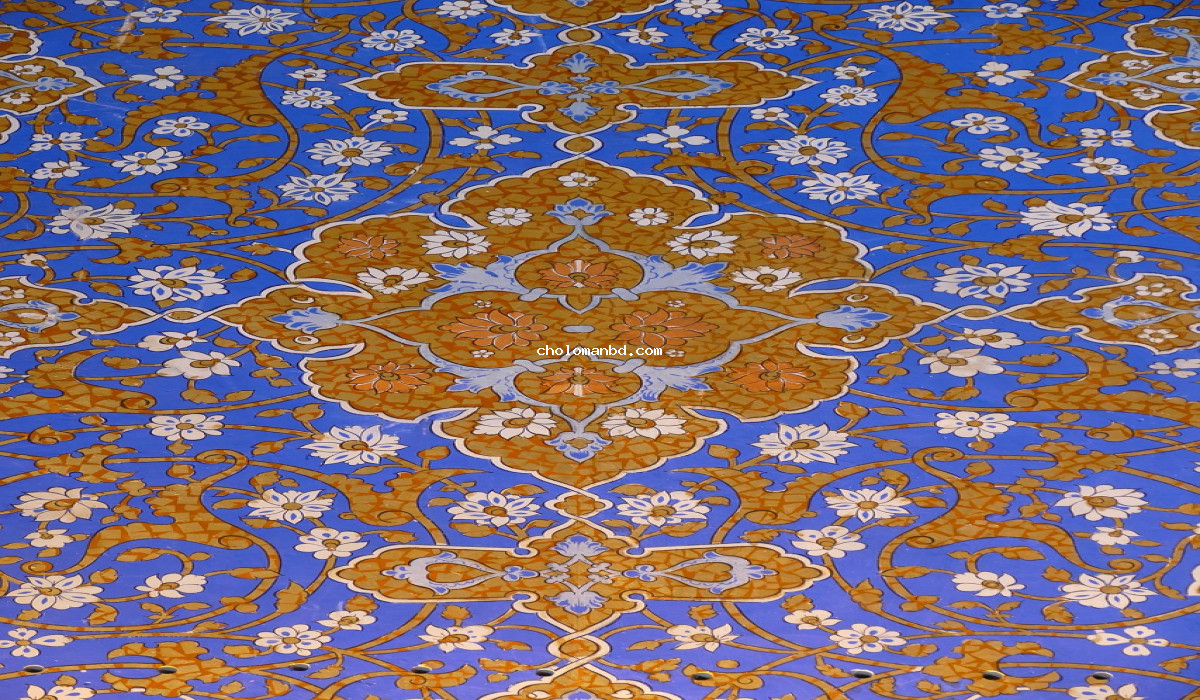Understanding the Madrasa Education System in Bangladesh: An Insider’s Perspective. ‘Discover the rich history and unique approach of Madrasa education in Bangladesh through an insider’s perspective. Gain valuable insights into this traditional Islamic learning system and its modern-day impact. As a seasoned content marketer and SEO expert, I am excited to bring you an in-depth analysis that will broaden your understanding of education in Bangladesh. Let’s dive in!’
Understanding the Madrasa Education System in Bangladesh: An Insider’s Perspective ‘Discover the rich
Welcome to our blog, where we aim to provide you with an insight into the Madrasa education system in Bangladesh. Madrasas, also known as Islamic schools, have been a vital part of the country’s educational system for centuries. With a curriculum that focuses on religious teachings and traditional Islamic subjects, madrasas play a crucial role in shaping the religious and cultural fabric of Bangladesh.
Understanding Madrasa Education System in Bangladesh
One of the most unique features of the education system in Bangladesh is the inclusion of madrasa education. It is a parallel education system that runs parallel to the government education system and caters primarily to students from the Muslim community. In this section, we will take a closer look at the madrasa education system and its role in shaping the country’s educational landscape.
What is a Madrasa?
A Madrasa is an Islamic educational institution that focuses on teaching Islamic theology, law, and principles. These schools are most commonly found in Muslim countries, with Bangladesh having one of the largest numbers of madrasas in the world. The term “madrasa” translates to “place of study” in Arabic and has been a part of the Muslim education system for centuries.
The History of Madrasas in Bangladesh
The history of madrasas in Bangladesh dates back to the 11th century when the first madrasa was established in the country. During the Mughal and British rule, madrasas played a significant role in propagating religious teachings and preserving Islamic traditions. However, it wasn’t until the formation of the independent state of Bangladesh in 1971 that madrasas started gaining more recognition and saw rapid growth in the country.
The Curriculum of Madrasas
The curriculum of madrasas is primarily focused on teaching Islamic subjects such as Quran, Hadith, Fiqh, and Arabic language and literature. These subjects are taught in addition to the traditional subjects like Mathematics, English, and Science, which are taught in government schools. The Islamic curriculum in madrasas is overseen and approved by the Bangladesh Madrasa Education Board.
The Structure of Madrasa Education System in Bangladesh
There are three types of madrasas in Bangladesh: primary, secondary, and higher secondary. Primary madrasas provide education up to the eighth grade, while secondary madrasas offer education up to the tenth grade. Higher secondary madrasas provide education up to the twelfth grade and are equivalent to intermediate colleges in the government education system. After completing higher secondary education, students can continue their studies at Alia Madrasa (equivalent to universities) to pursue higher education in Islamic studies.
Funding and Administration of Madrasas
Madrasas in Bangladesh are primarily privately funded, with some funds coming from the government. The government also provides financial assistance to poor and needy students in madrasas through various scholarship programs. The administration of madrasas is overseen by the Bangladesh Madrasa Education Board, which controls the curriculum, examinations, and other administrative tasks for madrasas in the country.
The Role of Madrasas in Society
Madrasas play a crucial role in the religious and cultural fabric of Bangladesh. They not only provide students with Islamic education but also serve as spaces for community development and social support. Many madrasas in Bangladesh also run charitable activities and offer free education to underprivileged students, making a significant contribution towards the country’s education sector.
The Challenges and Controversies Surrounding Madrasa Education in Bangladesh
Over the years, the madrasa education system in Bangladesh has faced its fair share of challenges and controversies. One of the most significant challenges is the lack of proper accreditation and standardization of the curriculum, leading to concerns about the quality of education. There have also been controversies surrounding the funding of madrasas, with some reports alleging that madrasas receive foreign funding from radical organizations.
The Future of Madrasa Education in Bangladesh
Despite the challenges and controversies, madrasas continue to play a vital role in the Bangladesh education system. In recent years, the government has taken steps to modernize and standardize the madrasa curriculum, promoting a more balanced education system for students. The madrasa education system is expected to continue evolving and adapting to the changing educational landscape in Bangladesh.
FAQs about Madrasa Education System in Bangladesh
What is the primary focus of madrasa education in Bangladesh?
The primary focus of madrasa education in Bangladesh is to provide students with an understanding of Islamic theology, principles, and values.
Are madrasas government-funded in Bangladesh?
No, madrasas in Bangladesh are primarily privately funded, with some financial assistance from the government in the form of scholarships for underprivileged students.
What is the role of the Bangladesh Madrasa Education Board?
The Bangladesh Madrasa Education Board oversees the curriculum, examinations, and administrative tasks for madrasas in the country.
What are the three types of madrasas in Bangladesh?
The three types of madrasas in Bangladesh are primary, secondary, and higher secondary.
What steps has the government taken to modernize madrasa education in Bangladesh?
The government has taken steps to modernize the madrasa curriculum and promote a more balanced education system for students. They have also introduced vocational courses and technical training in madrasas.
